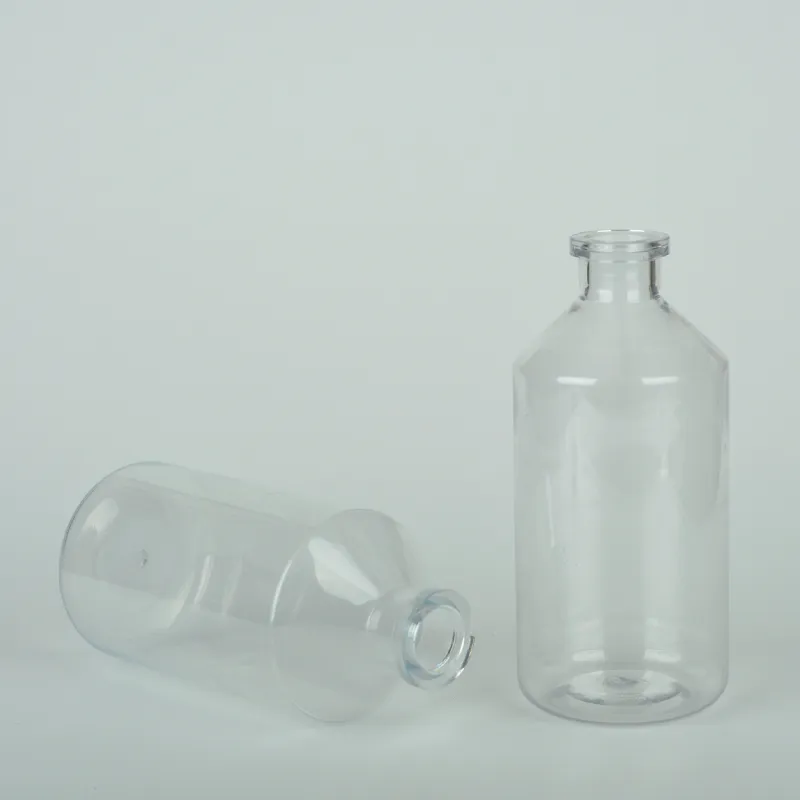Instructions for Proper Stool Sample Collection and Handling Techniques
The Importance of Stool Collection Tubes in Medical Testing
Stool collection tubes are specialized containers designed for the safe and effective collection, storage, and transportation of stool samples for medical testing. These tubes play a critical role in various diagnostic processes, enabling healthcare professionals to obtain accurate and reliable results for a range of gastrointestinal disorders and infections.
Understanding Stool Collection Tubes
Stool collection tubes come equipped with features that ensure the integrity of the sample. They are typically made from non-reactive materials to prevent any chemical interaction that could compromise the sample. Most tubes have a secure lid and may include preservatives that help maintain the viability of microorganisms and other components in the stool, allowing for a comprehensive analysis. Clear labeling and instructions are essential features, guiding patients on how to collect the sample properly.
Why Accurate Stool Sampling Matters
The analysis of stool samples provides valuable insights into a patient’s digestive health. Conditions such as gastrointestinal infections, inflammatory bowel disease (IBD), and colorectal cancer often require stool testing for accurate diagnosis. For instance, tests for pathogens like bacteria, viruses, and parasites can determine the cause of diarrhea or abdominal pain. Additionally, stool testing for occult blood can be an essential screening method for colorectal cancer.
If samples are improperly collected or stored, it can lead to inaccurate results, which could delay diagnosis and treatment. Therefore, using appropriate stool collection tubes is crucial for maintaining the sample’s integrity throughout the testing process.
Instructions for Patients
Patients play a vital role in the stool collection process and must follow specific instructions to ensure that the samples collected are suitable for testing
. Healthcare providers typically recommend the following stepsstool collection tubes

1. Preparation Gather the necessary supplies, including the stool collection tube, a collection container, and any additional tools provided. It is advisable to wash hands thoroughly before starting.
2. Collection Patients should collect stool samples from a clean, dry surface (commonly provided by healthcare facilities). It’s important to avoid contamination with urine or water. The sample should be of adequate size, usually about the size of a walnut, depending on testing requirements.
3. Transfer After collection, the stool sample should be transferred to the collection tube using the provided tools or scoop. Care should be taken to avoid spills.
4. Securing the Sample Once the sample is in the tube, it should be securely closed to avoid leaks. Label the tube with the patient's name, date, and any relevant clinical information as required.
5. Storage and Delivery Follow guidelines for storing the sample until it can be transported to the laboratory. Many stool samples must be tested within a specific timeframe to ensure their reliability.
The Role of Healthcare Professionals
Healthcare professionals are responsible for educating patients about the importance of meticulous sample collection. They should provide clear instructions and support to ensure the patient's confidence in the process, ultimately aiding in accurate diagnostics. In a clinical setting, professionals validate that proper protocols are being followed, mitigating the risk of pre-analytical errors.
Conclusion
In summary, stool collection tubes are a vital component of the diagnostic process in gastrointestinal health. Their design ensures the safe and effective collection of stool samples, which are essential for diagnosing various conditions. By following proper collection procedures and utilizing the right tools, patients and healthcare providers can work together to ensure accurate diagnostic results, paving the way for effective treatment plans and improved health outcomes. Emphasizing the importance of these tubes not only enhances patient care but also strengthens the foundation of diagnostics in modern medicine.
-
Aesthetic Makeup Spray Bottles | Fine Mist Empty RefillableNewsAug.19,2025
-
White Plastic Veterinary Vaccine Vials | Lab Liquid BottlesNewsAug.18,2025
-
Plastic Medicine Liquid Bottle: Secure Flip Top Drug VialsNewsAug.17,2025
-
Durable 250ml Blue Plastic Vaccine Vial for Lab & Vet UseNewsAug.16,2025
-
Sterile Virus Sample Tubes: Secure & Reliable Specimen CollectionNewsAug.15,2025
-
White 250ml Plastic Vaccine Vial for Lab & Vet MedicineNewsAug.14,2025
























